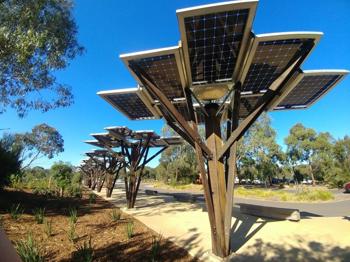
Sustainability
Zoos Victoria works hard on carbon reduction and environmental sustainability.
The fight begins with sustainability
As many of our endangered animals are vulnerable to climate change and loss of habitat, we are determined to become a world leader on these issues.
We are already the first zoo to achieve carbon neutral certification.* Our residual carbon is offset in areas that have high eco-benefits in biodiversity protection and conservation as well as community development.
We are continually improving our day-today practices, and work to be gentle on the planet. Our 2019–24 Environmental Sustainability Investment Prospectus is our second five-year action plan that will further cement our position as leaders in sustainable practices. We welcome support from funding partners as we continue the fight against extinction.
As many of our endangered animals are vulnerable to climate change and loss of habitat, we are determined to become a world leader on these issues. Our Environmental Sustainability Policy 2022 further strengthens our commitment for environmental sustainability across all our business operations and prioritise its alignment with the United Nations' 17 Sustainable Development Goals (SDG).
*Certified under the Australian Government’s Climate Active Carbon Neutral Standard (formerly the National Carbon Offset Standard).
What we're doing
Below is a brief overview of some of the work we're doing in the sustainability space. We recommend you read our 2019-24 Environmental Sustainability Investment Prospectus or Sustainability Policy for more detailed information about the work being done.
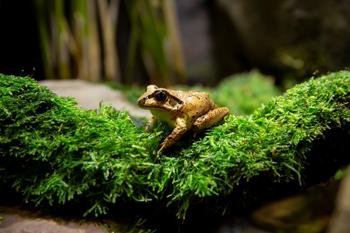
Climate change
Climate change is threatening the ongoing existence of the diverse wildlife that shares our planet. As a zoo-based conservation organisation, we are committed to fighting wildlife extinction. Therefore, it is our duty and purpose to urgently tackle the devastating threats from climate change, though our own actions, those of our community and in our vast and varied work for wildlife.
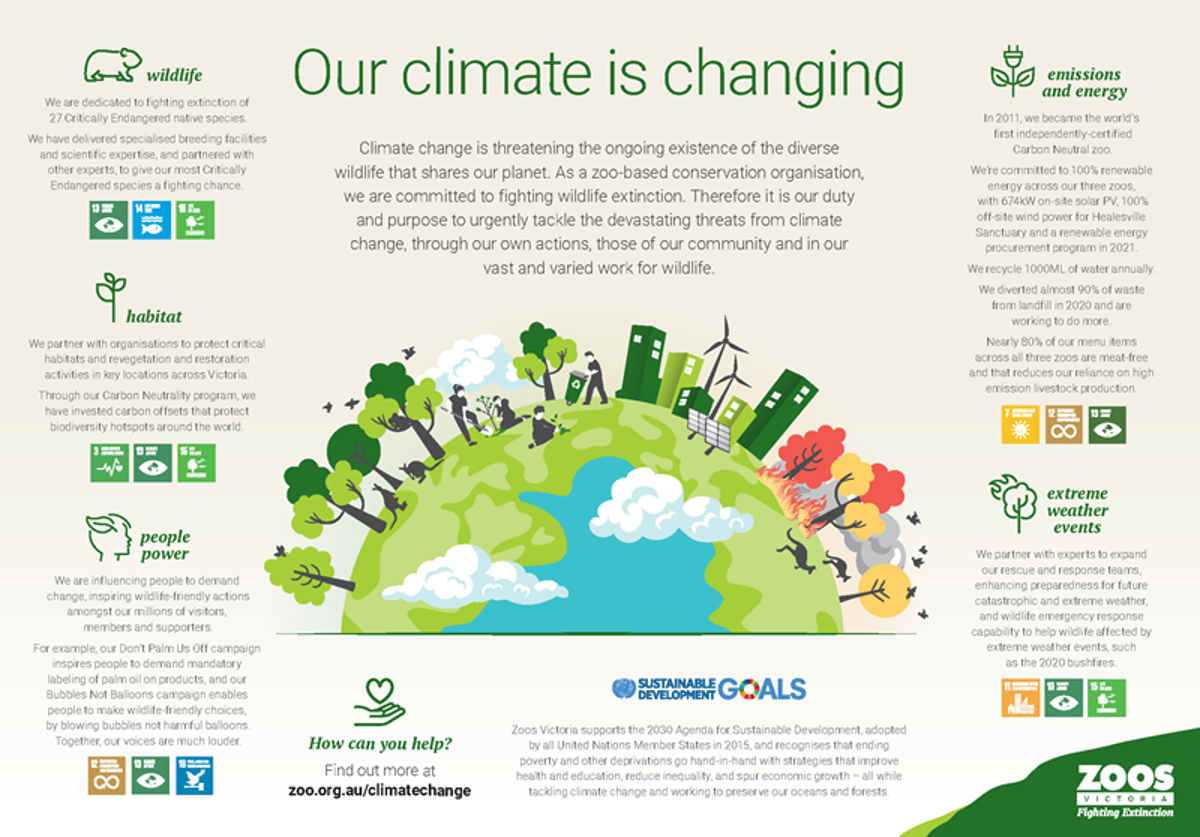
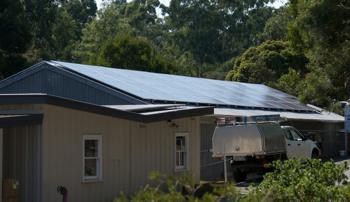
Carbon management
Committed to eliminating its carbon footprint, we have first invested in reducing our carbon emissions through improvements to operations across our three zoos. To fulfil our commitment to carbon neutral certification, Zoos Victoria purchases carbon offsets for its residual emissions. These offsets are evaluated and chosen for their co-benefits in preserving and protecting bio-diversity together with high community and sustainable development.
Our mission is to fight wildlife extinction. At this pivotal point in our planet’s history, and as a zoo-based conservation organisation, we take pause to recognise that if immediate and widespread action is not taken to limit global warming to 1.5° Celsius above pre-industrial levels, many species of wildlife will also be pushed beyond the brink of extinction.
In addition to becoming the world's first zoo to achieve carbon neutral certification, we have implemented renewable energy projects (see details below under Energy Efficiency), use in-house organics waste collection and aerobic composting, and strive for continuous improvement through our Environmental Management System.
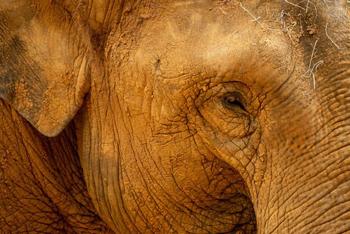
Waste management
Zoos Victoria strives towards zero waste to landfill by ensuring all recyclable materials are separated and reused or recycled; all organics waste are composted. We use the waste hierarchy in our decision making for waste diversion from landfill. Our diversion rate from landfill is 88.5% in June 2019. Which means that only 11.5% of our waste end up in landfill.
Materials we divert from landfill include:
- Animal manure
- Food waste
- Garden waste
- Animal bedding
- Sludge
- Co-mingled waste
- Paper and cardboard
- Soft plastics
- Hard plastics
- Polystyrene
- Electronic waste
- Building materials
- Chemicals
- Mobile phones
- Office supplies
- Cartridges
In 2019 we implemented a new three-bin system without landfill. It now means that all visitor waste does not go to landfill. To facilitate this change, we ensured that all food and beverage outlets have compostable wares or recyclable packaging to fit in either one of our new bins.
In conjunction with our zero waste to landfill goal, in December 2018 we implemented our Single-Use Plastics Policy as the key step to ensure that we change our practices to advance the sustainable use of resources and reduce impacts of single-use plastics on the environment.
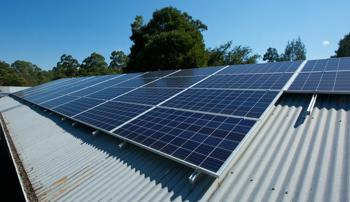
Energy efficiency
Our reduction of greenhouse gasses through energy efficiency and greenhouse-friendly animal exhibits.
Our zoos are like communities with complex and varied spaces such as gardens, office buildings, infrastructure for accommodation, animal exhibits, hospitals, kitchens, restaurants and natural habitats. These spaces and buildings require vast amounts of resources (especially energy) to keep to varying standards. Understanding resource consumption is part Zoos Victoria’s continuous improvement, and we have conducted a number of audits, metering and assessments to prioritise and develop energy efficient projects. Focus areas for energy efficiency include heating cooling and ventilation (HVAC), lighting, insulation and pump efficiency. Examples of projects include:
- Melbourne Zoo Butterfly House - double-glazed glass
- Melbourne Zoo Trail of the Elephants - heat pump hot-water systems
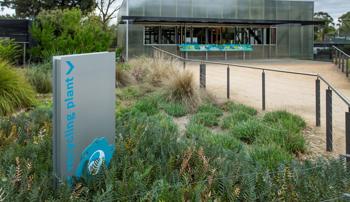
Water saving measures
Under a medium emissions scenario referenced by the Australian Government’s Climate Change in Australia, most of country, including Zoos Victoria’s three zoos, is very likely to experience hotter and drier conditions in the near future. Conserving water is something that we are serious about. That is why we’re aiming to reduce water consumption by a further 10 per cent by June 2021.
Examples of water recycling and efficiency, and rainwater harvesting practices include:
- Installation of water saving devices
- Leak detection
- Water monitoring
- Irrigation control systems for optimum water use
- Recycling of waste water for reuse
- Rainwater harvesting
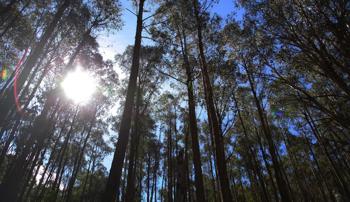
Environmental management
Our Environmental Management System demonstrates best practice in managing and reducing our environmental impacts. It is certified under the ISO 14001:2015 standard, which was first obtained in 2012. We use this system to continuously improve on our environmental performance.
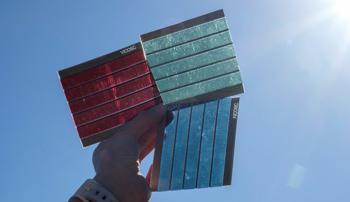
Upcoming projects
Having now become the world’s first zoo to achieve carbon neutral certification, our commitment to continual improvement is best captured by our environmental sustainability goals for the next five years.
Zoos Victoria will:
- Maintain Carbon Neutral Certification
- Reduce our carbon footprint through future developments across Zoos Victoria
- Reduce Zoos Victoria’s water consumption by a further 10% by June 2021
- Achieve a waste diversion rate of 100% by June 2021
- Achieve 100% responsible procurement by June 2021
In addition, our Environmental Sustainability Investment Prospectus represents our increased efforts to reduce our ecological footprint and to inspire our millions of visitors and other organisations to live and work more sustainably. Action areas in this prospectus include:
- Reducing greenhouse gases through renewables and efficiencies
- Preserving our precious water
- Habitat protection and improvement
- Zero waste to landfill
- Resource metering and controls
- Carbon neutral certification and carbon offsets
- Sustainable and ethical procurement
- Showcasing sustainability
What you can do
Home composting
Composting begins at home. A worm farm or compost bin will immediately reduce your landfill waste.
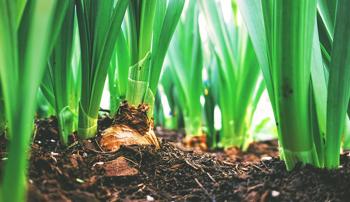
Increase your recycling
Download our Hard to Recycle Guide and discover what other household items you could be recycling.
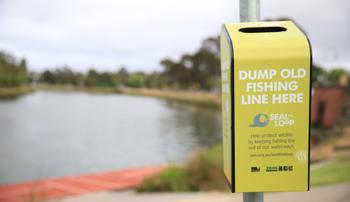
Improve business sustainability
Discover leading environmental practices from the world’s first certified carbon-neutral zoos.
